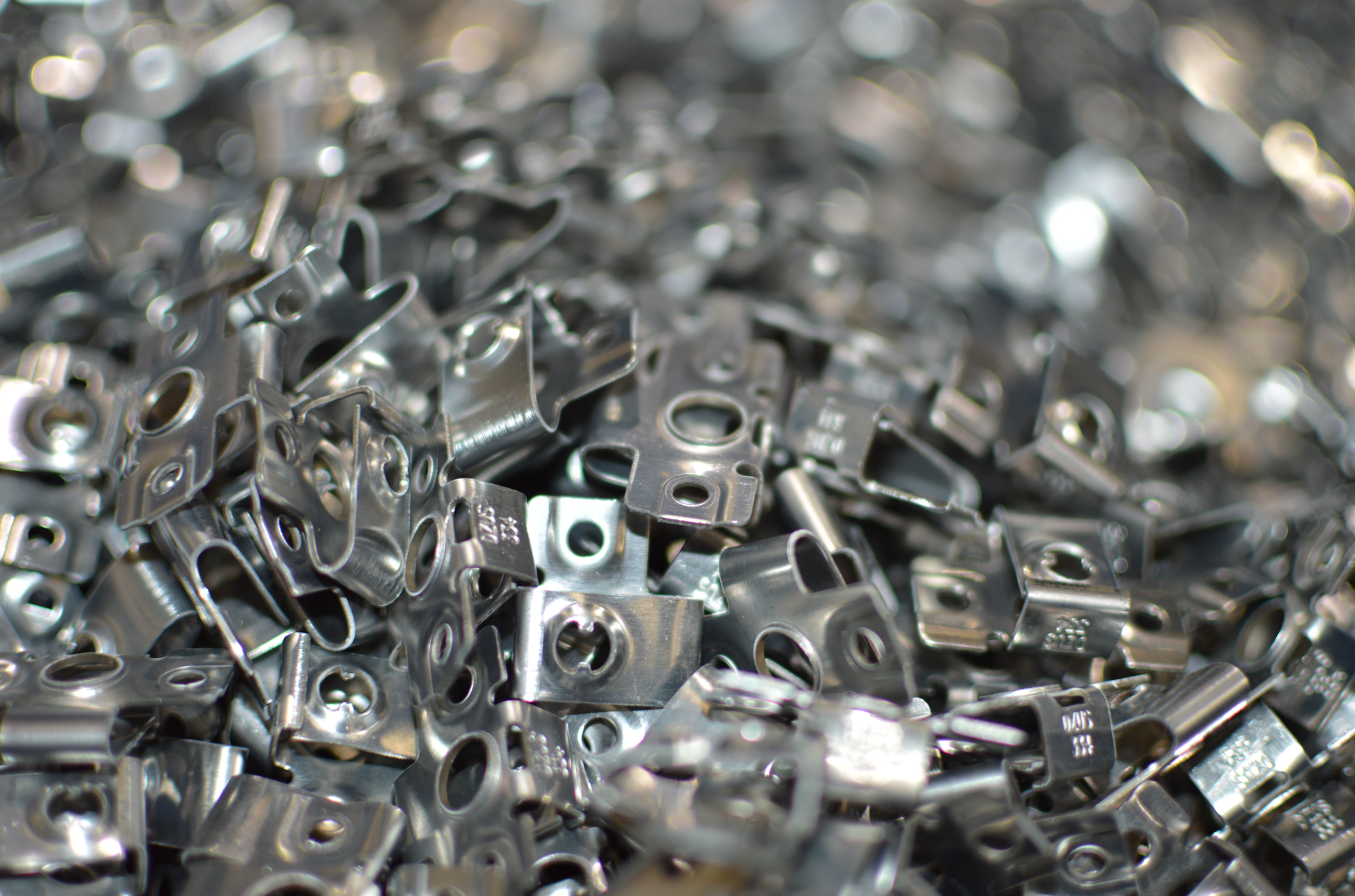Metal Degreasing

Understanding Metal Degreasing: The Key to Optimal Performance and Longevity
Metal degreasing is a critical process in the manufacturing and maintenance of metal components, aimed at removing residual grease, oil, and other contaminants. This process ensures that metal parts function efficiently and remain durable over time. While it might seem like a simple cleaning task, metal degreasing is far more complex. It requires the expertise of specialised professionals to ensure every oily molecule is eliminated, leaving the metal surface impeccably clean.
What Is Metal Degreasing?
Degreasing refers to the meticulous removal of grease, oil, and contaminants from metal surfaces. Unlike basic cleaning, degreasing is designed to eliminate all residues that could hinder the performance or longevity of metal components. This process is especially vital in industries where metal parts must operate under high stress, as even the smallest contaminant can lead to corrosion or reduced efficiency.
Why Is Degreasing Essential for Metal Parts?
Grease and oil build-up on metal parts can have serious consequences. Over time, these contaminants can cause parts to operate less efficiently, leading to increased wear and tear. Moreover, the presence of grease and oil can accelerate corrosion, compromising the structural integrity of the metal. Proper degreasing removes these harmful substances, ensuring that metal components are clean and capable of performing at their best for longer periods.
Different Metals, Different Degreasing Needs
Various metals require specific degreasing techniques based on their composition and intended use. Stainless steel, aluminum, and copper, for instance, each have unique characteristics that dictate the appropriate cleaning methods. Stainless steel is prone to corrosion, requiring careful degreasing to avoid surface damage. Aluminum, on the other hand, is susceptible to oxidation and must be treated with non-corrosive cleaners to prevent harm. Understanding the type of metal you're working with is crucial to selecting the right degreasing method.
Degreasing Steel: Challenges and Techniques
Steel components pose unique challenges during degreasing due to their tendency to corrode and attract contaminants. To effectively clean steel, it's important to use degreasing methods that are strong enough to remove grease and oil but gentle enough to protect the metal surface. Common techniques include the use of alkaline cleaners, solvent cleaners, or ultrasonic cleaning. These methods ensure that steel parts are thoroughly cleaned and ready for further processing or use.
Degreasing Aluminum: Special Considerations
Aluminum requires careful handling during the degreasing process due to its vulnerability to oxidation and damage from harsh chemicals. When degreasing aluminum, it’s essential to use non-corrosive, mild cleaners that won’t harm the metal. Techniques such as steam cleaning, solvent degreasing, or the use of alkaline cleaners are effective in removing contaminants without compromising the integrity of the aluminum.
Choosing the Right Degreasing Method
There are two primary methods for degreasing metal parts: water-based degreasing and solvent degreasing. Water-based degreasing uses water and biodegradable detergents to clean metal surfaces, making it an environmentally friendly and safe option. This method is popular across various industries due to its versatility and reduced health risks for workers. Solvent degreasing, which involves using chemical solvents to dissolve contaminants, is highly effective but can be hazardous if not handled properly. It’s essential to assess the specific needs of your project and choose the method that best suits the metal type and application.
Advantages of Water-Based Degreasing
Water-based degreasing offers several advantages over solvent degreasing, including a lower environmental impact, reduced health risks, and cost-effectiveness. This method is versatile, suitable for a wide range of metals, and safe for both users and the environment. Water-based degreasers are also easier to dispose of, making them a sustainable choice for metal cleaning.
Degreasing Techniques for Specific Applications
When preparing steel surfaces for welding or coating, thorough degreasing is crucial to ensure optimal adhesion and performance. Solvent-based cleaners or water-based solutions can effectively remove contaminants, leaving the steel surface ready for further processing. It’s important to follow safety guidelines and manufacturer instructions to avoid damaging the metal during cleaning.
For aluminum engine parts, which are highly sensitive to grease and oil buildup, using a mild solvent or water-based degreaser is recommended. These products are safe for aluminum and effectively remove contaminants without causing corrosion. After degreasing, it’s important to rinse the parts thoroughly to remove any remaining residue, ensuring the engine parts are clean and ready for use.
Need Assistance with Metal Degreasing?
At Midland Deburr & Finish, we understand the intricacies of metal degreasing and are here to help you select the right method for your specific needs. Whether you’re dealing with steel, aluminum, or other metals, our experts can guide you through the process, ensuring your components are perfectly clean and ready for their intended application. Let's talk about your degreasing needs and discover the best solutions for your metal parts.
Quick Contact Form
